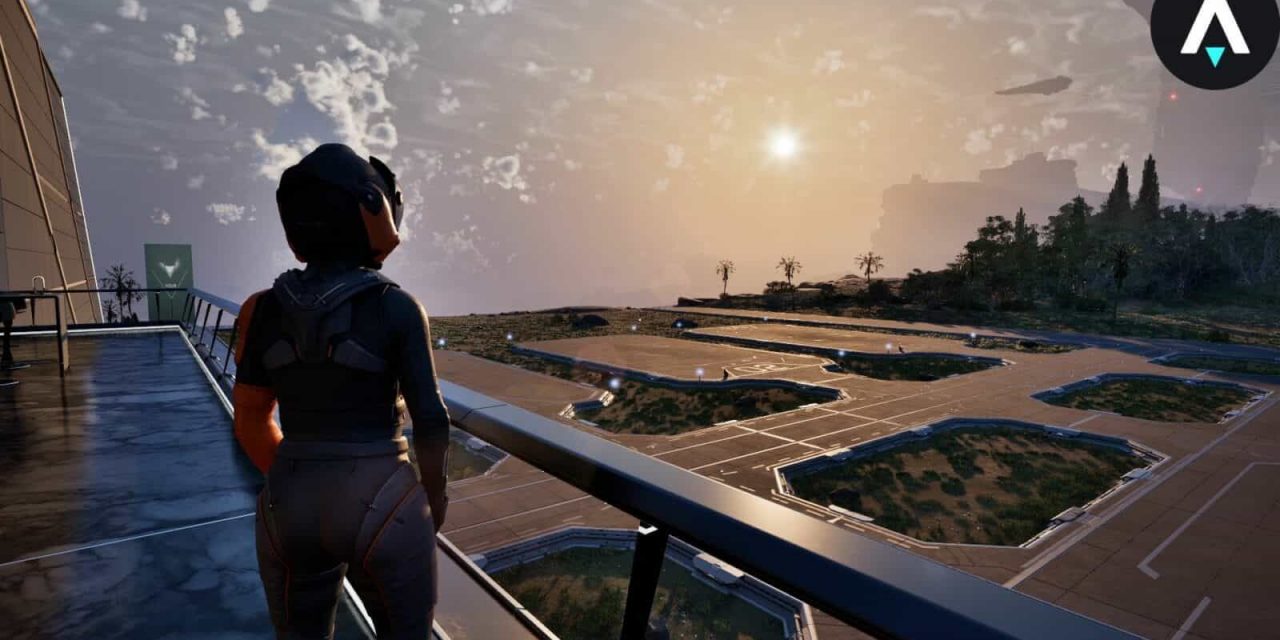The Star Atlas has gathered an immersive community of devoted players thanks to its state-of-the-art graphics rendering and virtual reality features.
The phenomenon of Star Atlas lies in the fact that it has already grown into a standalone universe, though it hasn’t been fully released yet. It already hosts conferences, festivals, and game sessions. In the near future, these game sessions may be streamed on Twitch and YouTube. Additionally, viewers may be able to bet on the game session outcomes on platforms like FIRST.com.
Start Atlas is already fascinating, but what can we expect in the future releases? Let’s take a look at the press and stats and make some prognoses!
What Is Star Atlas and What Makes It So Popular
Star Atlas is the upcoming open-world game set in the year 2620. In the distant future, the part of the universe is divided into three factions: humans, aliens, and androids. All the factions are constantly fighting for resources, territorial conquest, and political domination.
As a faction citizen of Star Atlas, you have a chance to decide the result of this fight, while also having the opportunity to earn rewards for your contributions.
Star Atlas is based on the Solana blockchain, which makes all the earnings, armor, land, and other property exchangeable into Star Atlas currency – Atlas, which can also be exchanged for real-world money.
Here are the other things to know about Star Atlas if you are not a fan:
- It is an AAA game with graphics powered by Unreal Engine 5
- It has a massive galactic game world to explore
- In the game, you can own and earn land and buildings, apart from the typical in-game assets, like currency and accessories.
- The game allows not only participation in the battlefield but also in the manufacturing of spacecraft, modules, and involvement in trade and manufacturing guilds.
- Actual in-game asset ownership is supported by blockchain technology
Yet, what makes the Star Atlas really captivating is the visual effects supported by Unreal Engine 5. It provides the cinematic quality of the game, including AAA graphics, dynamic lighting, and rich 3D environments, to deliver unparalleled, realistic visuals.
Unreal Engine 5 also lays the groundwork for games that partition into multiple vast, open worlds, allowing for iterative game development and leaving ample room for evolution. Essentially, developers are not limited in adding new blocks to the game without affecting the already released ones.
Star Atlas’s cinematic visuals technologies, such as Nanite and Lumen, have already become the industry’s golden standard for immersive and believable space experiences.
With all of that, Star Atlas is still in development, with new modules being released in every season. The full release of the game is planned for 5-7 years, so there are many fantastic features to come, and we’ll try to sneak a peek at them in future seasons, based on the information we have now.
What’s coming next?
In essence, Star Atlas consists of the following modules:
- Showroom Pre-Season (R2.1)
- Star Atlas: SAGE Escape Velocity
- Star Atlas: CORE
- Foundation SDK (F-KIT)
- Star Atlas DAO
In the near future, we expect the new release of the Star Atlas Golden Era (SAGE) – it will be the enhanced high-fidelity 3D web browser-based grand strategy game featuring sneak peaks in the game loops, which will take place in the future seasons of the game.
Another release, Pre-Season R2.2 and R3, promises multiplayer races, player progression, skin crafting, and SAGE to UE5 tie-in. It will also have a companion app with crew training.
These are the planned releases of the Star Atlas, but what’s beyond them? If you want to have a look at the distant future of Star Atlas, it is worth paying attention to what’s fueling it: the Unreal Engine 5.
The Upcoming Features of Unreal Engine 5
And now, the most interesting thing: as the Unreal Engine, the power behind Star Atlas’ virtual world, is being developed, it will undoubtedly bring about changes in the game itself. Here’s what to expect:
The release of Unreal Engine 5.6
Epic and CD Projekt Red have already shown a Witcher 4 tech demo, which was built with UE5.6. In The Witcher, the game runs at 60 FPS with ray tracing on a base PS5, demonstrating improvements in rendering open-world environments (such as forests and marketplaces), as well as enhanced crowd/foliage detail. What it means for Star Atlas is a better and more realistic quality of crowded scenes and natural landscapes. Also, the 5.6 version introduces performance upgrades that will provide better support for large-scale open worlds.
A sneak peek into UE5.7
The next release will feature upgrades like Nanite Foliage. It will allow rendering of dense foliage with better performance and visual fidelity.
We can expect that the “MegaLights” feature will be implemented; currently, it is in progress too. It will allow for improvements in translucency, more realistic hair rendering, and less noise.
Interestingly, a new AI Assistant Plugin is likely to be implemented soon. It will help developers inside the editor with queries, so it will likely speed up workflows/documentation. For Star Atlas fans, it means faster releases and being packed with more features.
Additionally, there were numerous discussions about performance issues, such as frame rate drops or stuttering during optimization. Epic Games promises to add automated optimization features, ensuring flawless future performance.
Other sneak peeks also prompt a lot of attention to improving the game dynamics and mechanics, so eventually, we will be stunned by WOW visuals and experiences. Looking to see them finally!
Summing Up
To sum up, as the technology behind Star Atlas grows and develops, we are definitely only at the beginning of this space saga, with its powerful immersive experiences, extensive visual reach, realistic 3D worlds, and expanding online gaming communities. It appears that Star Atlas has the potential to become a cultural phenomenon akin to George Lucas’ Star Wars Saga.









![[Leak] PS5 and PS5 Pro will have discounts of up to €150 this Black Friday](https://vgleaks.com/wp-content/uploads/2025/11/ps5_ps5_pro-150x150.webp)



